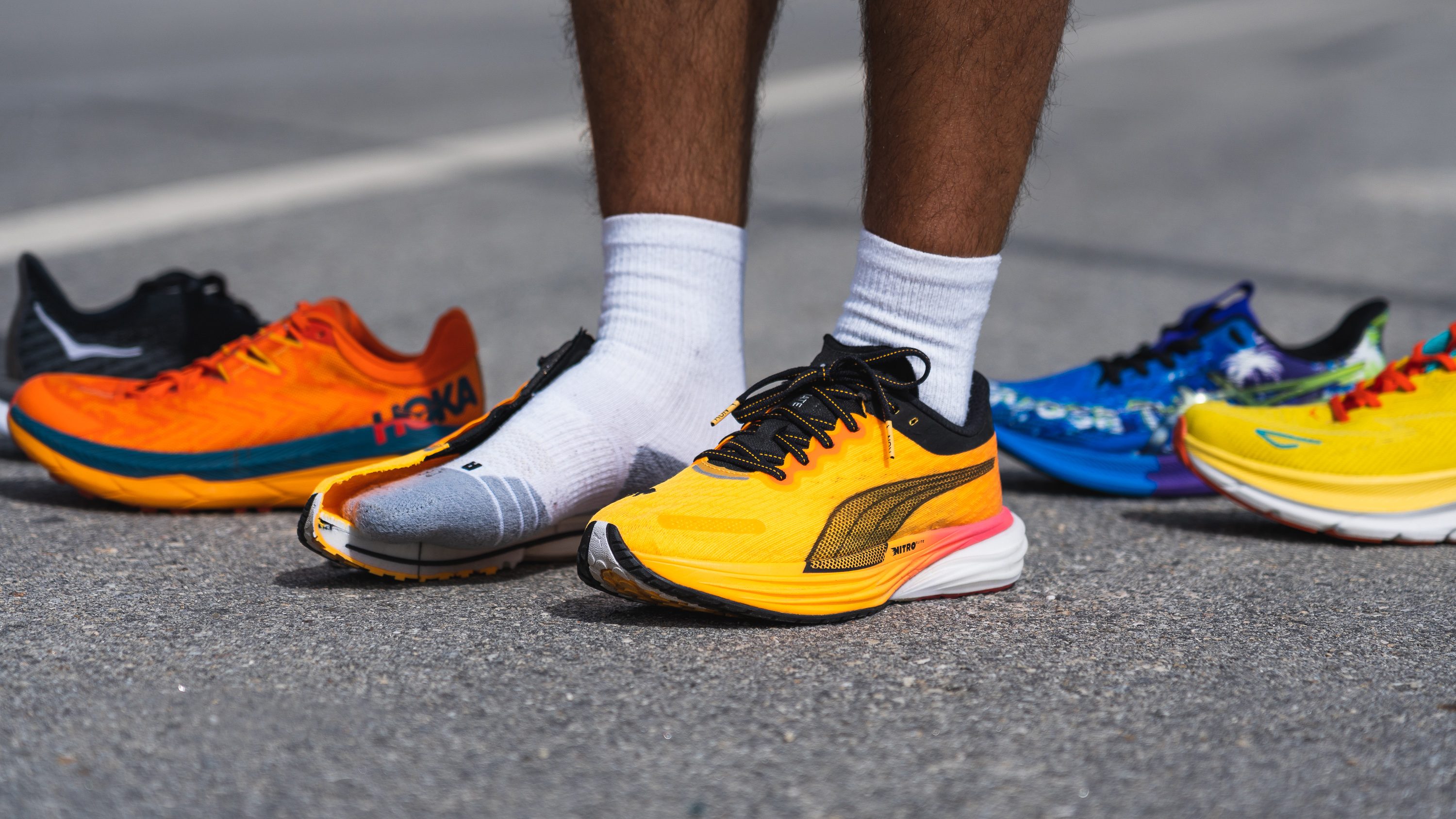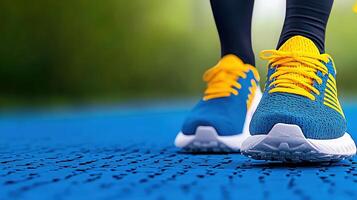Biomechanics and Gait Analysis for Shoe Selection
Your running gait is as unique as your fingerprint, and understanding your individual biomechanics is crucial for selecting the right running shoes. Gait analysis involves examining how your foot strikes the ground, how it moves through the stance phase, and how it propels you forward during toe-off. This analysis can reveal important information about your pronation pattern, cadence, and ground contact time.
Overpronation occurs when the foot rolls inward excessively after heel strike, while underpronation (supination) involves insufficient inward rolling. Neutral pronation represents the ideal biomechanical pattern where the foot rolls inward just enough to absorb shock effectively. Modern running shoes are designed with specific features to accommodate these different patterns, from motion control elements for severe overpronators to neutral cushioning for efficient runners.
Professional gait analysis can be conducted at specialty running stores using treadmills and video analysis, or through more advanced methods like force plates and 3D motion capture. However, runners can also perform basic self-assessment by examining wear patterns on old shoes and paying attention to how their feet feel during and after runs.




